Official or private, formal or informal, the art of ancient Egypt had some characteristics in its production.
These features formed a common denominator and helped to give uniformity and cohesion to the art of ancient Egypt.
The Lack of Emotions in the Art of Ancient Egypt
In the faces of the people from paintings, reliefs or sculptures there is no trace of any alteration, as if they could not feel anything. In them we find no signs of joy (there is no laughter or smile), anger (there are no frowns, or grumpy gestures), fear or sadness.
- Sadness and mourners.
Just the images of the mourners who were part of the funeral processions showed a gestue of sorrow. To achieve the expression of pain, the art of Ancient Egypt had two ways.
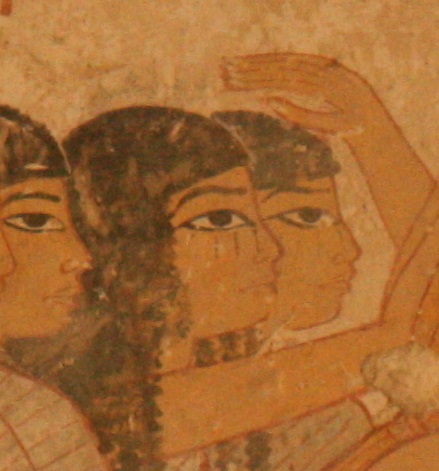
On one hand the Egyptian artist did not transform their gesture, but drew tears on the faces of these women. On the other hand he gestured their bodies in different movements : raising their arms, kneeling and raising their faces to the sky, hitting their heads , twisting their bodies, pulling their hair …
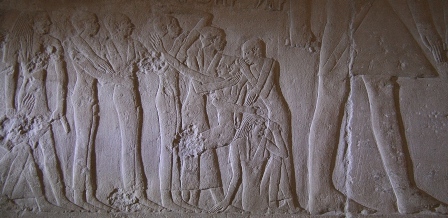
Now, it must be taken into account that the mourners performed a dueling ceremony, in which they played a double role. On the one hand, they mourned the death of the deceased and on the other, they followed some ritual guidelines to help in his regeneration in the Hereafter. In other words, the gesture of pain is not something spontaneous, but rather ritual, and precisely the regenerative purpose of the mourning ceremony may be the explanation for the inclusion of these signs of sadness in the iconography. One thing is clear: The art of Ancient Egypt never is gratuitous.
2. Daily activities
On the contrary, the art of Ancient Egypt is plenty of scenes of daily activities in which the people carry out arduous tasks (agricultural work, transport of goods, hoisting of sails on ships, capture of animals …).
Those activities required an obvious physical effort, however the faces do not present any gesture of pain, verve or impulse. Again the resource of theart of Ancient Egypt is the body movement.
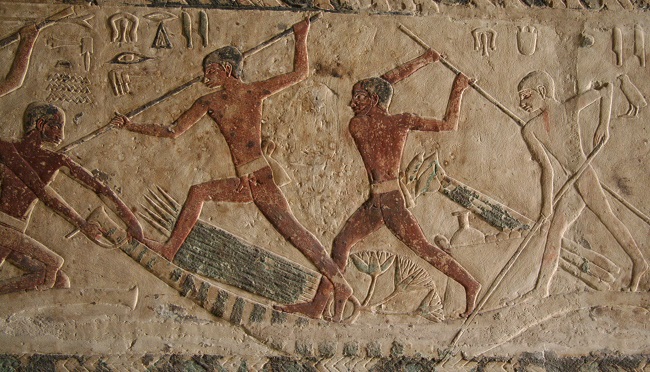
Why this lack of gestures and / or feelings in the art of Ancient Egypt? It was neither ignorance nor lack of technique. The artistic production of ancient Egypt was closely linked to his thinking and we must go to the sources of that mentality to try to find an explanation. Speifically to the didactic literature.
3. To behave “According to Maat”.
They were texts that contained maxims from a father to his child,, this one had to act in accordance with exemplary moral and behavior. With these writings, the parent provided with a guide to help his son to manage his life correctly, tosucceed economically and personally.He made special emphasis on behavior according to Maat.
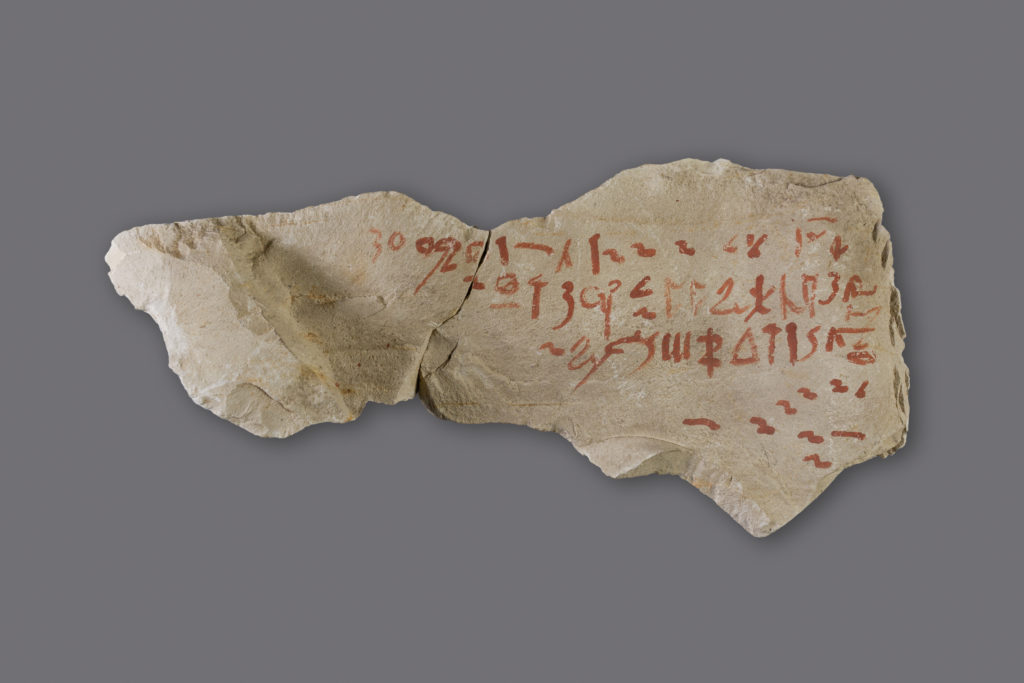
Maat was the goddess of justice and truth, and the word maat referred to what was right and fair. To act in life “according to maat” meant to behave in accordance with proper conduct and morals.
In this didactic literature, pride against someone more powerful, hostility towards the weak, arrogance, exaggeration … were negative behaviours. On the contrary, humility, being respectful, speak the precise, moderation, prudence…. were great virtues.
“… the submissive man prospers, the moderate man is praised, the store is open for the silent man and the place is wide for the restrained man …”
“Teachings for the Vizier Kagemni”
“… suppress your impulses and control your mouth… ”.
The Maxims of Ptahhotep
These are values that can be summed up in one: self-control.
4. Self-control in the Art of Ancient Egypt.
The restraint was a virtue highly valued at the expense of visceral reactions. Possibly this was depicted in the art of Ancient Egypt through the lack of violent or highly emotional facial gestures, thus favoring expressionless to the detriment of expressiveness.
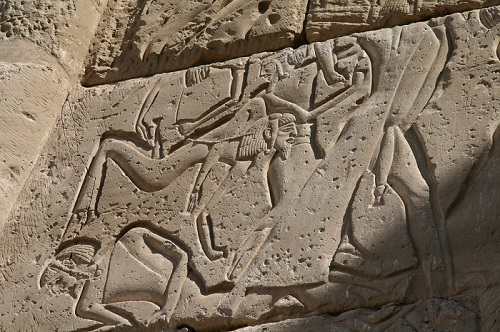
If the perfect behavior in life was self-control, it also was in the Hereafter and the sacred domain. And the art of Ancient Egypt could have depicted it very preciselly with this lack of emotions.